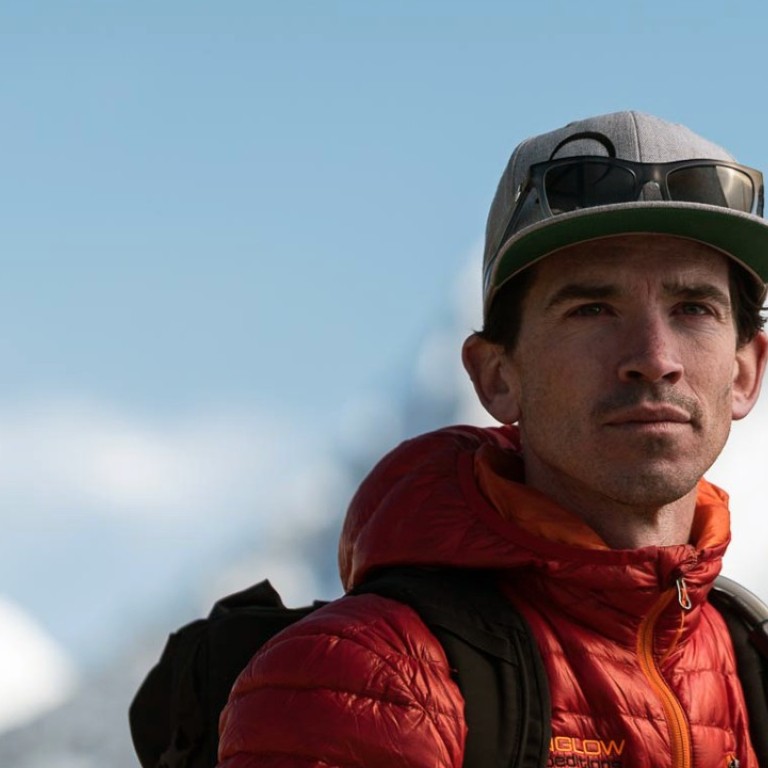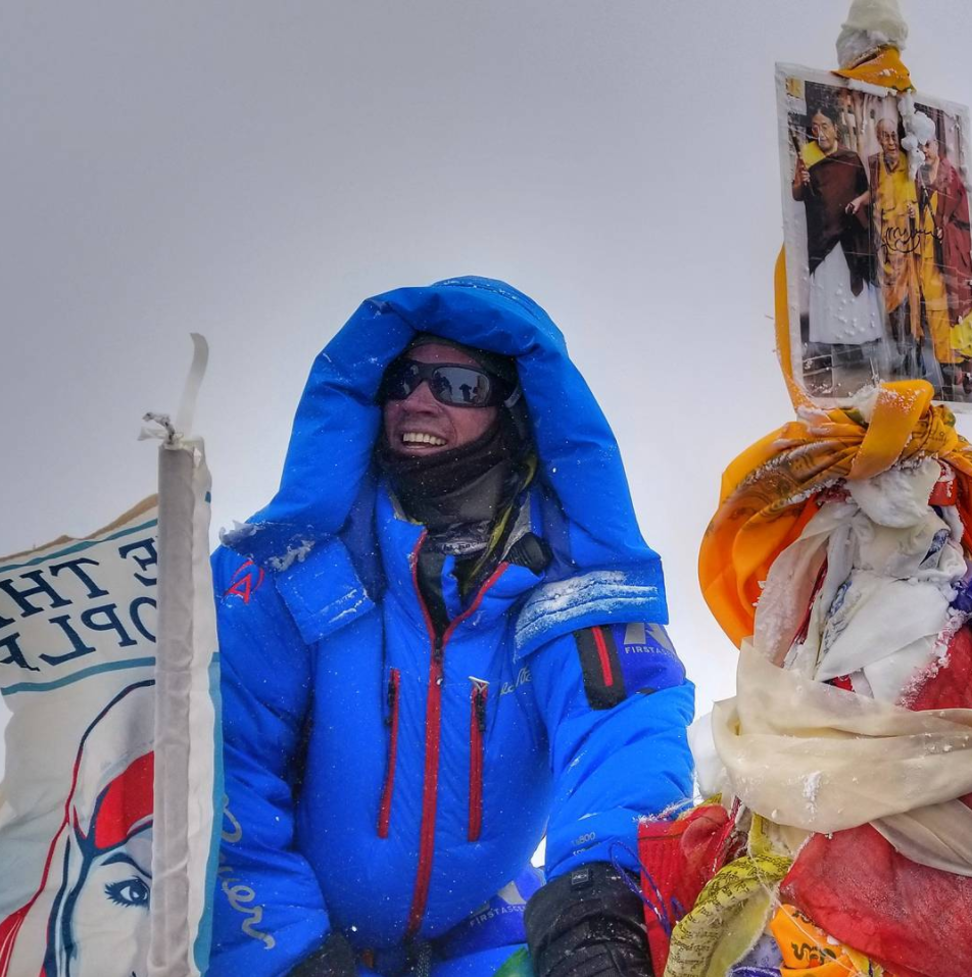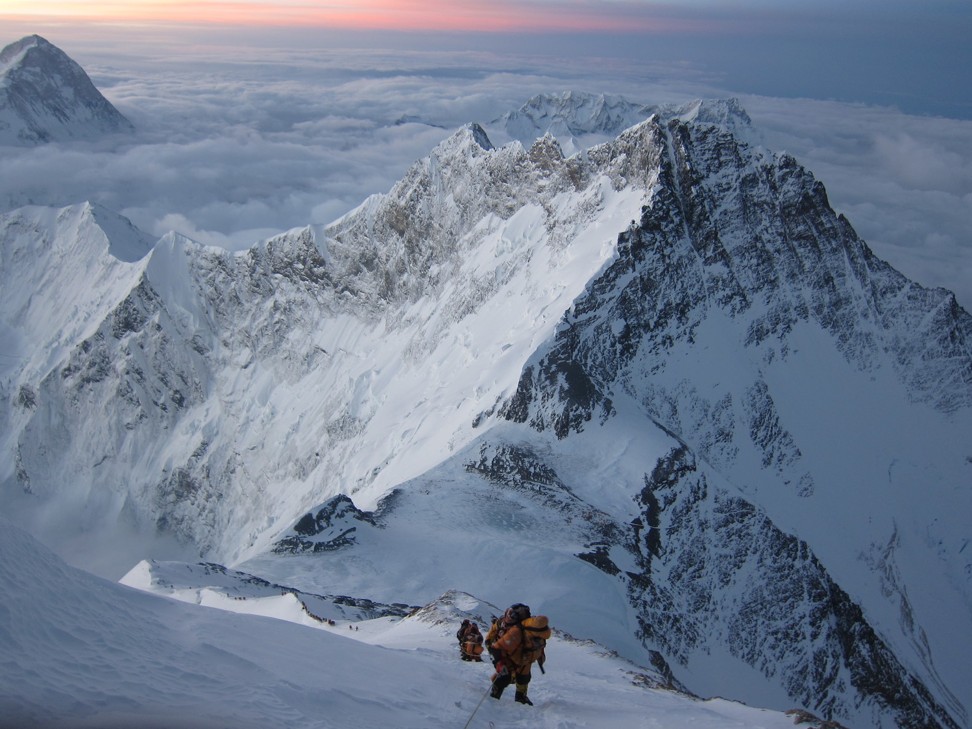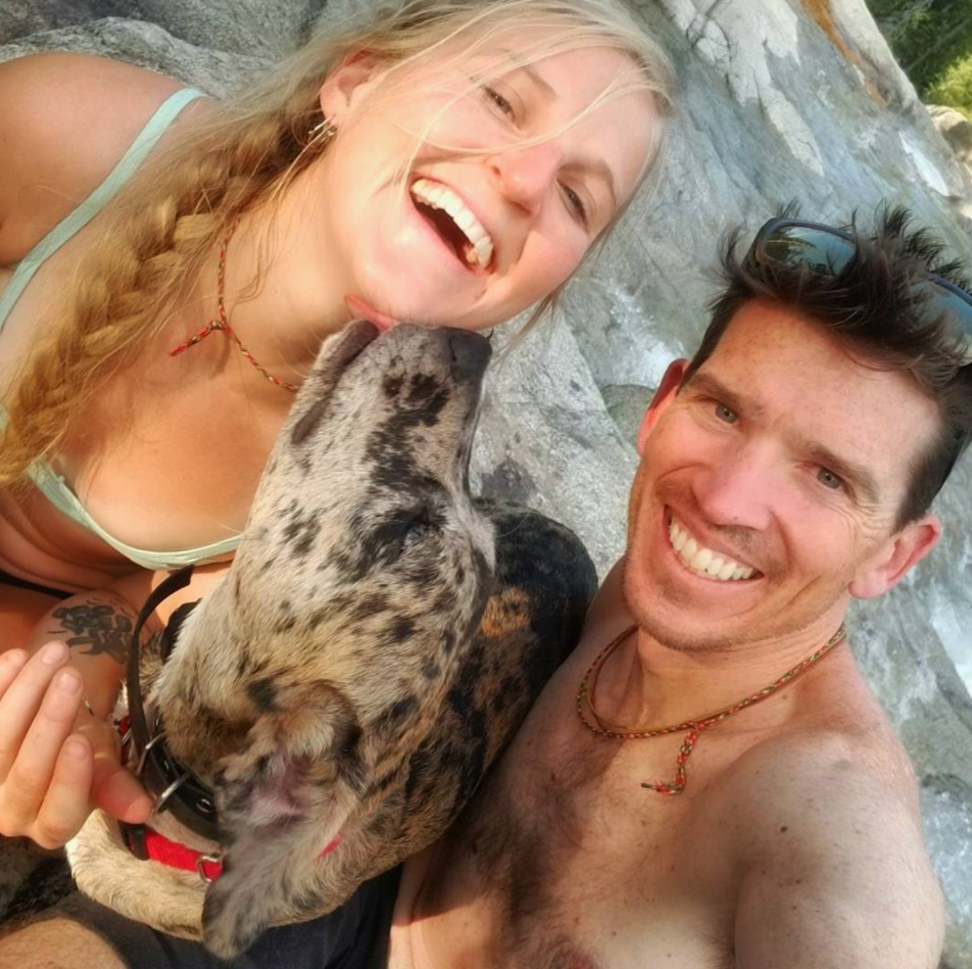
From Everest with no oxygen to Lantau, Adrian Ballinger expects a different kind of suffering in Moontrekker ultramarathon
Adrian Ballinger is taking his first break from mountaineering in almost 20 years, and using his down time to run the Moontrekker ultramarathon
Over 4,000 people have reached Everest’s summit, but only 200 people have done so without supplemented oxygen – and for good reason.
Adrian Ballinger, 41, who climbed the world’s highest mountain without additional oxygen, said it was a “deeper level of suffering” than he could possibly have imagined.
“You’re much colder without oxygen,” he said. “The effects to the brain are much greater – memory loss and decision making becomes very hard. You’re working through this haze.”
Ballinger climbed the 8,848-metre mountain in April without supplemented oxygen. He has reached the peak six times with oxygen.

Most people use additional oxygen because above 8,000 metres there is not enough in the air. It’s known as the death zone because your oxygen-starved body begins to die. Time in the death zone is limited even at the best of times.
Ballinger said the last 50 metres or so took him about four hours. Summit ‘day’ took almost 43 hours in total.
“I was taking one or two steps per minute,” the American said. “It’s just hard to figure out how to keep moving. All your body wants to do is sit down.”
Ballinger has spent time in the Himalayas during spring and autumn for the past 19 years, but decided to take a break this year so he could reflect on his Everest achievement and let his body recover.

With his rare down time, he has decided to run the Barclays Moontrekker ultramarathon this weekend.
The Moontrekker is a 43-kilometre race across Lantau Island’s mountains, including a final 500m climb of Lantau Peak.
It’s one of the most popular races in the Hong Kong trail running calendar and all spots are filled within minutes of the registration going live.
“I think I’m gonna suffer in the Moontrekker,” Ballinger said, “which is perfect, because that’s part of these experiences. There should be a bit of an unknown as to how you’re going to do.
“I’m really excited to go to Lantau and see the trails. As I was learning about this race, I realised how much green space there is here and it’s amazing.”

“I love events that combine my enjoyment of running, passion for mountains and beautiful places, with events that get other people out there. Moontrekker fits that perfectly,” he said.
Ballinger is running for The Nature Conservancy. He spends a lot of time in Asia, mountaineering in Nepal and rock climbing in Vietnam. He said Asia was at the forefront of the battle to weigh conservation against development.
“These struggles between development and conservation are everywhere, but Hong Kong is the ultimate example,” he said.
“There is so many people, but there’s so much green space. I like that Hong Kong is trying to strike that balance.”
Mountaineering will help his trail running, Ballinger said, because it uses legs and cardiovascular fitness.
But he’s probably learned a lot about pushing through pain as well. In 2016, he made his first attempt to climb Everest without oxygen, but turned around very close to the summit.
“I’d lost feeling in my hands, so I couldn’t hold the ropes,” he said. “I remember not having a conscious decision-making process, just knowing that I was going to die up there unless I turned around.”

Ballinger travels for most of the year, but is trying to spend more time in one place so he can have family time.
His girlfriend is Emily Harrington, one of the world’s best rock climbers.
“Emily and I have to try really hard to spend time together. She travels for six months a year for climbing. We are becoming more conscious that we need to carve out time,” he said.
They met on Everest a few years ago when Ballinger became involved in a rescue of one of Harrington’s teammates.
But when Harrington is pushing her limits on the rock, Ballinger is not the ideal partner because rock is not his speciality.
Likewise, when Ballinger is at the cusp of his ability skiing or mountaineering, Harrington is not in her element.
Their sports do overlap though, and this summer they spent time together climbing, skiing and kitesurfing in Peru.
Once Moontrekker is over, he said he would focus on his rock climbing.

